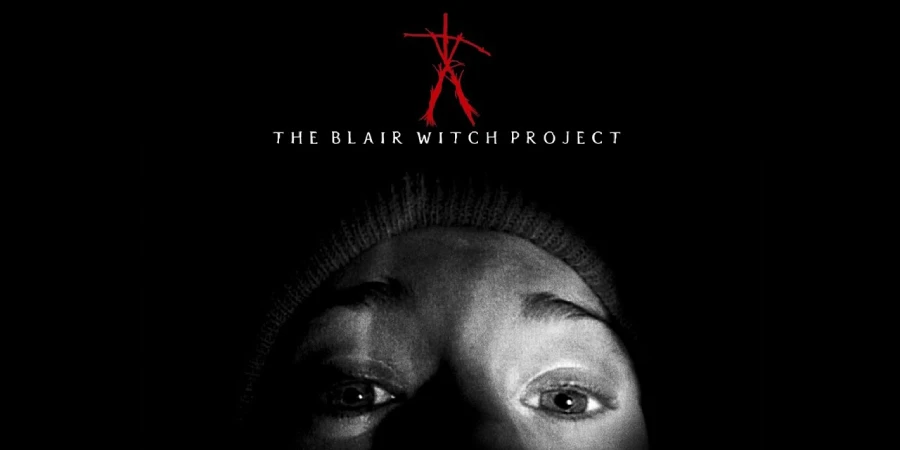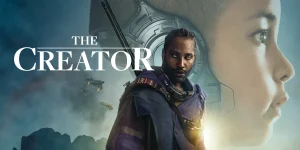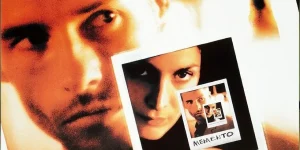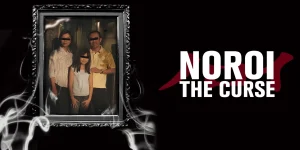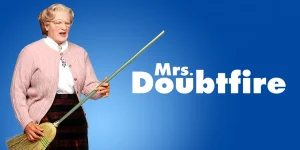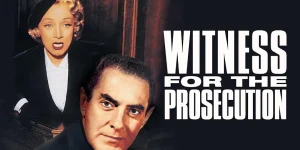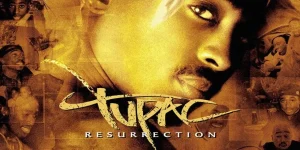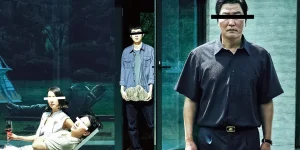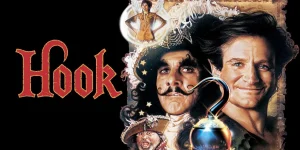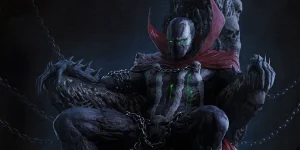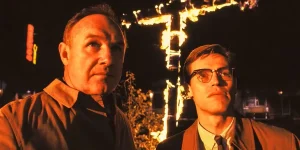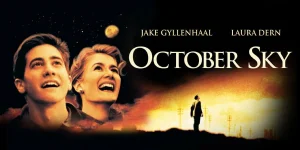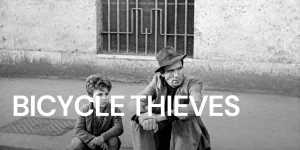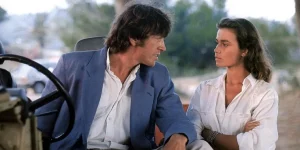The Blair Witch Project is a landmark in found-footage horror cinema, released in 1999 and directed by Daniel Myrick and Eduardo Sánchez. The film presents itself as recovered footage from a doomed documentary project, in which three student filmmakers disappear while investigating a local legend in the woods of Maryland. Its raw, realistic approach helped define a subgenre and remains one of the most influential horror films of all time.
Table of Contents
ToggleDetailed Summary
The Premise: Into the Woods
The film begins with a text card stating that in October 1994, three filmmakers—Heather Donahue, Joshua Leonard, and Michael C. Williams—disappeared in the Black Hills Forest near Burkittsville, Maryland, while filming a documentary on the Blair Witch, a local legend. A year later, their footage was found.
We’re introduced to the trio as they gather equipment and interview locals about the Blair Witch legend. Stories vary from creepy to absurd, with townspeople recounting tales of a ghostly woman, strange symbols, and a killer named Rustin Parr who allegedly murdered children in the 1940s under the witch’s influence.
Lost in the Woods
Once in the forest, things begin to unravel quickly. The group gets lost despite using a map and compass. Tensions rise between the friends, particularly between Heather, the documentary’s director, and Mike, who grows increasingly impatient. Strange occurrences intensify: piles of rocks appear near their tents, eerie sounds echo at night, and stick figures hang from the trees.
After Josh disappears, Heather and Mike are left alone. Heather finds a bundle of sticks tied with fabric from Josh’s shirt—inside it, she discovers bloody bits, including what appears to be a piece of his tongue or teeth, though she doesn’t tell Mike.
Psychological Breakdown
As the days wear on, the duo becomes more disoriented, sleep-deprived, and terrified. Heather records a tearful apology to both families, acknowledging her role in pushing them into the forest. The scene is close-up, shaky, and uncomfortably intimate—one of the most iconic moments in horror cinema.
The Abandoned House
Following Josh’s voice deep into the woods at night, Heather and Mike discover a decaying house covered in mysterious handprints. Mike runs upstairs, then downstairs, drawn by Josh’s screaming. He suddenly goes silent. Heather, still filming, follows. The camera captures her frantic search through the house, until she enters the basement.
The final moments are devastatingly ambiguous: Mike stands facing the wall, silent, just like in the Rustin Parr legend where the killer made one child stand in the corner while he killed another. Heather screams, drops the camera—cut to black.
Movie Ending
The ending of The Blair Witch Project is deliberately cryptic and has sparked endless debate. Mike standing in the corner echoes the earlier interview with a local who said that Rustin Parr would make one child face the wall while he murdered the other. It implies that the witch (or some malevolent force) is reenacting the legend.
When Heather enters the basement and sees Mike facing the wall, she screams, and the camera falls. We never see what attacks her. The suggestion is that whatever took Josh has now claimed them both. The absence of a monster or visible antagonist makes the ending more disturbing—it’s what we don’t see that terrifies.
There’s no music, no final confrontation, no resolution—just sudden, chilling silence. The viewer is left with a lingering sense of dread and dozens of unanswered questions.
Are There Post-Credits Scenes?
No, The Blair Witch Project does not have a post-credits scene. True to its “found footage” aesthetic, the film ends abruptly and cleanly after Heather’s camera cuts out. The absence of any follow-up further emphasizes the film’s realism and haunting ambiguity.
Type of Movie
This film is a found footage psychological horror. It blends supernatural legend with escalating paranoia and psychological breakdown, using the minimalism of handheld cameras and naturalistic performances to immerse the audience in fear.
Cast
- Heather Donahue as herself
- Michael C. Williams as himself
- Joshua Leonard as himself
The use of the actors’ real first names and unscripted dialogue added to the authenticity of the project.
Film Music and Composer
There is no traditional musical score in the film. The lack of music was a conscious choice to maintain realism. The atmosphere is built entirely through ambient sound: wind, footsteps, distant cries, snapping twigs, and complete silence.
Filming Locations
The film was shot in the Black Hills Forest near Burkittsville, Maryland—a real town that quickly became infamous after the film’s release. The rustic forest and decaying house served not only as the setting but as characters in their own right. Their natural eeriness grounded the story and contributed immensely to its authenticity.
Awards and Nominations
- Nominated for Best First Feature at the Independent Spirit Awards
- Won the Award of the Youth (Foreign Film) at the Cannes Film Festival (1999)
- Listed by the National Board of Review as one of the Top Ten Independent Films of the year
Though largely snubbed by major awards, it remains one of the most profitable independent films ever made.
Behind the Scenes Insights
- The actors were genuinely disoriented and sleep-deprived. The directors used GPS to lead them to scenes but didn’t tell them what would happen, eliciting authentic reactions.
- The famous close-up apology was entirely improvised by Heather.
- The map was actually lost by production (not Mike), but they worked it into the plot.
- The film was shot in just 8 days, but editing took months.
- Much of the dialogue was improvised based on loose outlines given to the actors.
Inspirations and References
- Inspired by documentary-style horror and the concept of urban legends.
- Influences include Cannibal Holocaust (1980), a controversial found-footage horror film, and real-life folklore from the Maryland region.
- The story echoes myths of witches, such as Salem and European pagan legends.
Alternate Endings and Deleted Scenes
Multiple endings were considered, including:
- Mike hanging from a noose.
- Mike crucified on a wall.
- Mike levitating in the air.
Ultimately, the original ending was used for its subtlety and ambiguity. The directors felt anything too graphic would break the realism.
Book Adaptations and Differences
A companion book, The Blair Witch Project: A Dossier, was released after the film and provides additional background on the legend, police investigation, and found footage. It expands the lore but is not a direct adaptation. No major differences exist between the movie and its promotional material, but the book supports fan theories and fleshes out minor details.
Memorable Scenes and Quotes
Key Scenes
- The group discovering the stick figures hanging in the woods.
- Heather finding the bundle with Josh’s remains.
- The chilling final scene in the abandoned house basement.
Iconic Quotes
- Heather: “I’m scared to close my eyes… I’m scared to open them.”
- Mike: “It’s very hard to get lost in America these days, and we are damn sure lost.”
- Josh: “I kicked that f***ing map into the creek!”
Easter Eggs and Hidden Details
- The stick figures were modeled after real Appalachian folklore symbols.
- The house at the end was scheduled for demolition immediately after filming.
- The documentary interviews at the beginning included some real townspeople, not just actors.
- Several clues to Josh’s fate are hidden in sound cues if listened to carefully with headphones.
Trivia
- Budget: ~$60,000
- Grossed over $248 million worldwide.
- The marketing campaign was legendary—many believed the story was real.
- The actors’ families received condolence letters from fans who thought they had actually died.
- It was one of the first films to use viral internet marketing, including a fake missing-persons website.
Why Watch?
Watch The Blair Witch Project if you:
- Want to experience horror through psychological tension and atmosphere rather than gore.
- Appreciate films that rely on subtlety and ambiguity.
- Enjoy found-footage storytelling at its rawest and most authentic.
- Want to see a movie that revolutionized indie horror filmmaking forever.
Director’s Other Movies
- Eduardo Sánchez:
- Exists (2014)
- Lovely Molly (2011)
- Segments in V/H/S/2 (2013)
- Daniel Myrick:
- The Objective (2008)
- Believers (2007)
- Skyman (2020)
Recommended Films for Fans
- Paranormal Activity (2007)
- Lake Mungo (2008)
- The Village (2004)
- Noroi: The Curse (2005)
- REC (2007)
- The Wailing (2016)
- Hell House LLC (2015)
- The Ritual (2017)
- The Medium (2021)

